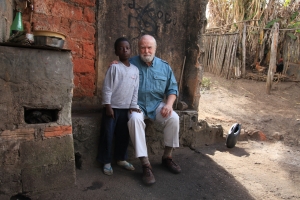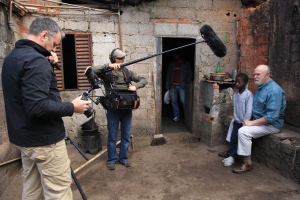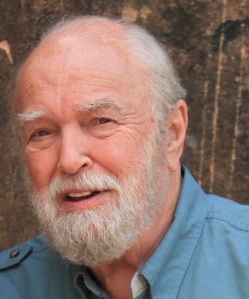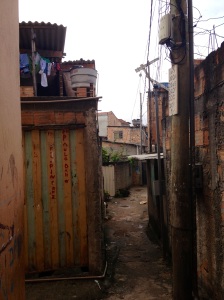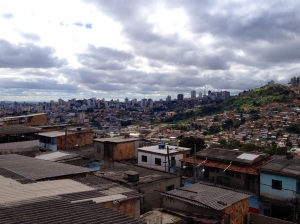By Nicole Duciaume, Regional Sponsorship Coordinator, ChildFund Americas
In the Americas region, four of ChildFund’s sponsor relations managers visited other countries for a week to observe firsthand what their counterparts do. This post concludes our four-part series about the exchange program designed to improve the sponsorship experience. Read the series.
Our weeklong exchange program for sponsor relations managers in the Americas opened the door to in-depth conversations on policies, practices, processes, operations and cultures. Each sponsor relations manager now has an action plan to implement a promising practice gleaned during the exchange.
Here are some of their final reflections on the experience:
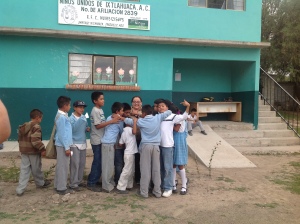
Ana enjoyed her visit to Mexico, where she, like the other sponsor relations managers in the exchange, visited the field.
Ana Handrez, of Honduras, who visited Mexico: In the 19 years I have worked with ChildFund, this was my first time visiting another country specifically to discuss sponsorship issues and experiences. I was very surprised to see the engagement and initiatives from ChildFund Mexico’s local partner organizations. They knew their policies very well, and they were very proud to share their ideas of engaging children in sponsorship activities. It was amazing! The visit was worth every single day.
Valeria Suarez (Mexico): Ana’s visit was an enriching experience for Mexico’s office and especially for the sponsorship team. The national office and field sponsorship staff realized that even though each country has “particularities,” both share similar conditions, processes, histories and results. We enjoyed showing Ana how things are done here in Mexico, how sponsorship processes and visions have changed in the past few years, and how results have started to be achieved. We learned from her how processing times should be improved to continue enhancing the sponsorship experience, and Ana learned from us how creativity and working closely with children can provide better information for sponsors.
Cynthie Tavernier-Jervier, of the Caribbean, who visited Guatemala: This week makes me want to continue to make the sponsorship position more and more effective. I realized again how important the part that we play in programs actually coming to fruition to meet the needs (educational, social, health) of the less fortunate of our countries. So, a wonderful thing about my job is helping to bring benefits to less fortunate children and families and making a difference.
Diana Benitez (Guatemala): The exchange is an opportunity to know in situ the sponsorship processes. I see this experience as very exciting and enriching. Although Dominica and Guatemala have very different contexts, the sponsorship processes are similar. This exchange will impact our work going forward.
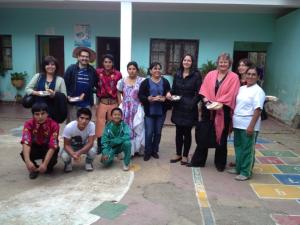
Dov (in blue shirt) was impressed with the youth involvement during his visit to Bolivia.
Dov Rosenmann, of Brazil, who visited Bolivia: This was an opportunity to reflect on our current practices and identify key areas of improvement for immediate implementation. I consider myself a beginner in sponsorship management in ChildFund, and being in Bolivia with an experienced team is, for me, a unique chance to directly ask questions and take in knowledge. On the other hand, I hope I was able to share with my Bolivian peers more about Brazil’s experience in managing sponsorship. As for what has been the best part of the exchange, for me it was seeing the youth participation at the local level and learning about Bolivia’s communication corners. Both were very inspiring and definitely an initiative to be multiplied in other countries.
Rosario Miranda (Bolivia): My expectation was to learn by comparing processes and seeing opportunities of improvement. Both national offices have similar interests and efforts toward integrated sponsorship and program activities to contribute to children’s development. Having Dov visit our national office and four local partner organizations was a wonderful educational exchange experience. We were able to compare operations and provide valuable information to improve each other’s sponsorship processes and developmental activities with children.
Santiago Baldazo, of the United States, who hosted Ecuador: This was a great experience. Although in planning for the week, we assumed that discussing sponsorship processes when both countries were already very familiar with the procedures would be somewhat tedious. But, while we shared the “how” of the sponsorship processes, it was very valuable for us to have the opportunity to discuss the “why” as well.
Zoraya Albornoz (Ecuador): Staff in both offices work hard to give children the chance of better opportunities for their lives. Through this experience, I was able to better understand the way other offices work and realize the good things we have in our own operations as well as the importance of working closer to the local partners. In the daily work we lose the real perspective of our strengths and weakness. I saw that we have some things that can be improved in order to reach our goals.
Learn more about all of the countries where ChildFund works around the globe.


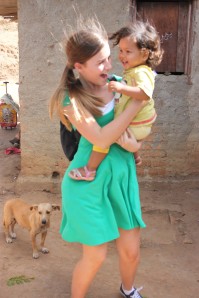



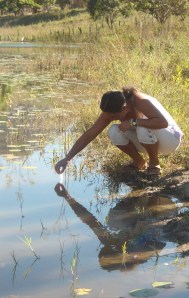
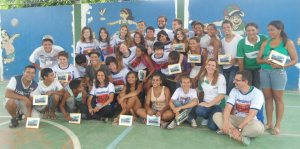
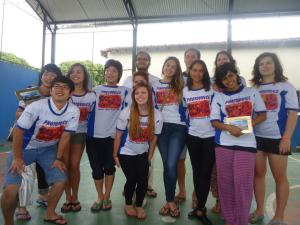

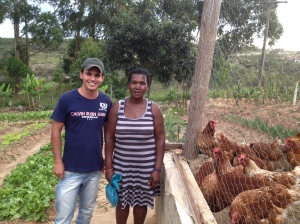

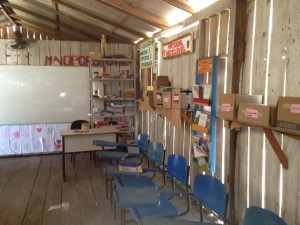
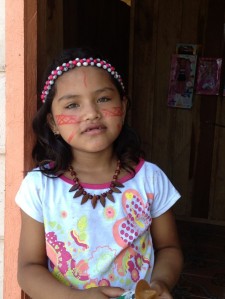
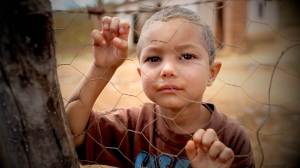
 Starting this week and running through the middle of January,
Starting this week and running through the middle of January, 